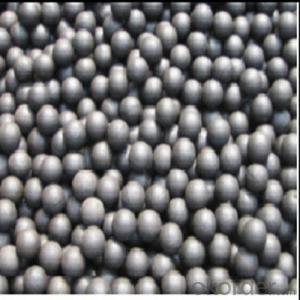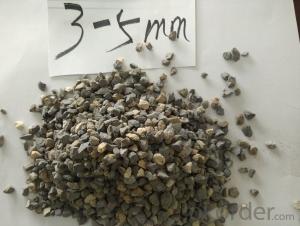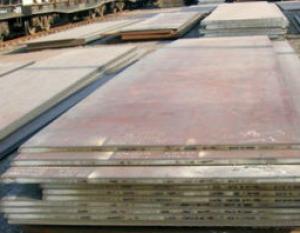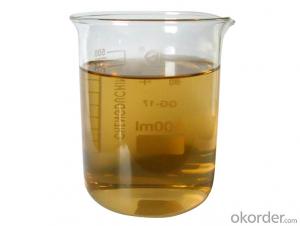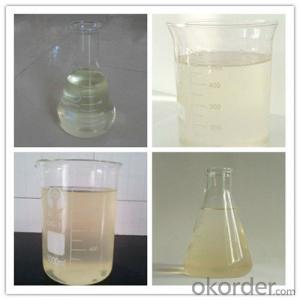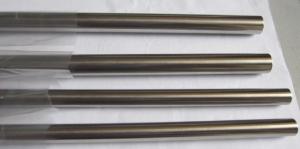Gas Range In Stainless Steel
Gas Range In Stainless Steel Related Searches
Best Paint For Stainless Steel Paint For Galvanized Steel Steel Frames For Furniture Self Tapping Screws For Steel Surface Grinding Wheels For Hardened Steel Hole Saw For Stainless Steel Paint For Stainless Steel Stainless Steel For Bbq Step Bit For Stainless Steel Sponge For Stainless SteelHot Searches
Cheap High Tea Sets For Sale Portable Led Signs For Sale Stone Hot Water Bottles For Sale Large Led Screens For Sale 1/4 Aluminum Plate For Sale H4 Led Headlight Bulbs For Sale Air Pump For Aquarium Price Inverter Size For Solar System Solar Thermal Collectors For Sale Used Finger Joint Machine For Sale Aluminum Dock Plate For Sale Aluminum Plate For Sale Near Me Solar Chips For Sale Solar Business For Sale Solar Controllers For Sale Pipe Staging For Sale Aluminum Stock For Sale Near Me Used Electrical Wire For Sale 6 3 Electrical Wire For Sale Steel Mesh Panels For SaleGas Range In Stainless Steel Supplier & Manufacturer from China
Okorder.com is a professional Gas Range In Stainless Steel supplier & manufacturer, offers integrated one-stop services including real-time quoting and online cargo tracking. We are funded by CNBM Group, a Fortune 500 enterprise and the largest Gas Range In Stainless Steel firm in China.Hot Products
FAQ
- Yes, stainless steel pipes can be used for chemical laboratories. Stainless steel is highly resistant to corrosion and chemical reactions, making it suitable for handling a wide range of chemicals and substances commonly used in laboratories. Additionally, stainless steel pipes are known for their strength, durability, and ease of maintenance, making them a reliable choice for laboratory applications.
- 304L stainless steel pipe can withstand 0.1MPA?
- If you want to know how much pressure the steel pipe is under, you need to know the type of the stainless steel pipe.Pressure calculation formula of stainless steel management: pressure MPA=, tensile strength X40%X2X, wall thickness / outer diameterBut from my experience, generally speaking, stainless steel tubes can withstand 0. 1MPA. Unless it is used very thin stainless steel tube wall decoration.
- One way to insulate stainless steel pipes is by using insulation materials such as foam pipe covers or fiberglass pipe insulation. These materials can be wrapped around the pipes to provide a layer of insulation and prevent heat loss or condensation. Additionally, using insulation tape or adhesive can help secure the insulation in place.
- Electropolished and bright annealed stainless steel pipes are two different surface treatments applied to stainless steel pipes to enhance their properties and appearance. Electropolishing is an electrochemical process that removes a thin layer of material from the surface of the stainless steel pipe. This process helps to remove any impurities, contaminants, or roughness on the surface, resulting in a smooth and highly polished finish. Electropolishing also improves the corrosion resistance of stainless steel by creating a passive oxide layer on the surface, which helps to protect the underlying material from corrosion. On the other hand, bright annealing is a heat treatment process that involves heating the stainless steel pipe to a specific temperature and then cooling it slowly in a controlled atmosphere. This process helps to relieve internal stresses, improve the ductility and toughness of the material, and enhance its mechanical properties. Bright annealing also produces a smooth and reflective surface finish, similar to electropolishing, but without the electrochemical removal of material. In summary, the main difference between electropolished and bright annealed stainless steel pipes lies in the process used to achieve the desired surface finish. Electropolishing involves the removal of material through an electrochemical process, while bright annealing is a heat treatment process that provides a smooth and reflective surface without removing material. Both treatments improve the appearance and corrosion resistance of stainless steel pipes, but bright annealing also enhances the mechanical properties of the material.
- Yes, stainless steel pipes can be used for food processing. Stainless steel is a popular choice in the food industry due to its excellent corrosion resistance, high strength, and hygiene properties. It is non-reactive, which means it does not interact with food and does not impart any taste or odor. Stainless steel pipes are easy to clean, sanitize, and maintain, making them suitable for use in food processing applications where cleanliness and hygiene are crucial. Additionally, stainless steel pipes can withstand high temperatures and pressures, making them ideal for various food processing operations such as transportation, storage, and distribution of food products.
- Indeed, Teflon can be utilized to insulate stainless steel pipes. Teflon, or polytetrafluoroethylene (PTFE) as it is also referred to, is a highly adaptable substance that is frequently employed due to its nonstick properties and its ability to withstand high temperatures and chemicals. It is an exceptional option for insulating stainless steel pipes since it provides thermal insulation, guards against corrosion, and prevents heat loss or gain. Furthermore, Teflon insulation minimizes condensation or moisture accumulation on the pipe's surface. Moreover, Teflon's low friction coefficient enables smooth fluid flow through the pipes, rendering it appropriate for a wide range of applications in industries like food processing, pharmaceuticals, and chemicals.
- Stainless steel heating oven tube after treatment is heating blue will not be red?
- When the power is not enough, his argument is clearly untenable, and technology is a kind of metal surface treatment. Heating 250 degrees is not red, can not say is not normal, only can meet your work requirements, no problem.
- Yes, stainless steel pipes can be used for geothermal applications. Stainless steel is a durable and corrosion-resistant material that can withstand the harsh conditions and high temperatures associated with geothermal systems. It is particularly suitable for geothermal applications due to its resistance to corrosion caused by the presence of minerals and chemicals in the geothermal fluid. Stainless steel pipes also have excellent heat transfer properties, which is essential for efficient heat exchange in geothermal systems. Additionally, stainless steel pipes have a long lifespan and require minimal maintenance, making them a reliable choice for geothermal applications.








